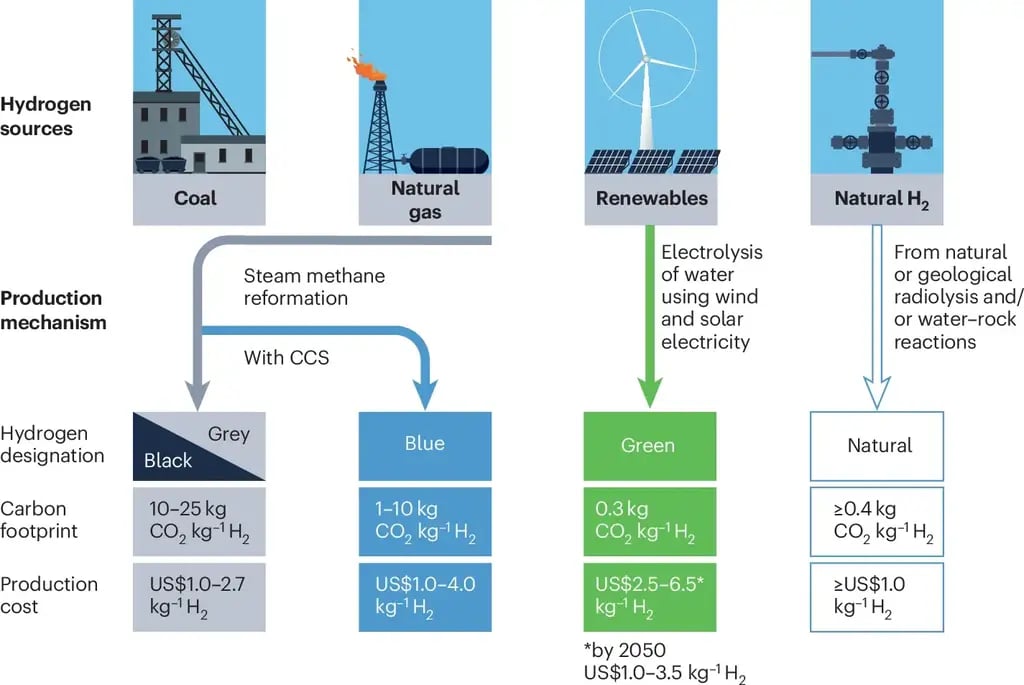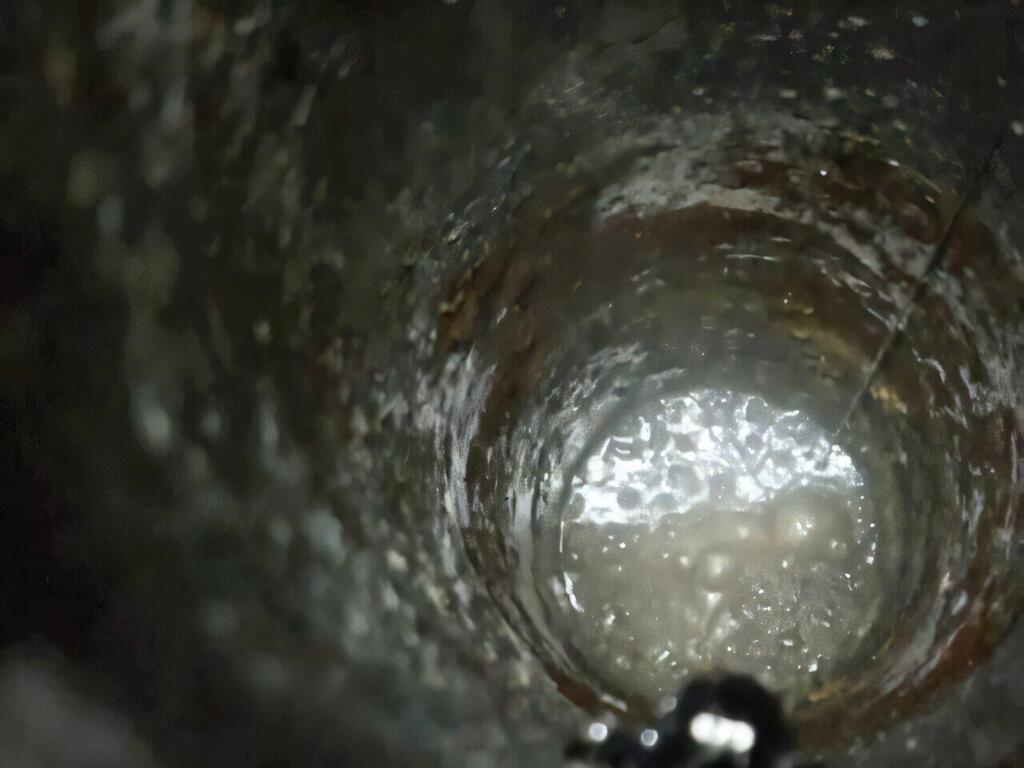A team of researchers from the University of Oxford, Durham University and the University of Toronto has made a major breakthrough in locating natural hydrogen deep beneath the Earth’s surface, offering new hope for a low-cost, low-emission fuel source that could help meet surging global energy demands.
Their findings, published May 13 in Nature Reviews Earth & Environment, outline the geological conditions that allow hydrogen to form and accumulate in underground rock formations—a process that has taken place naturally over millions of years. The study suggests these conditions are present across many regions of the world, positioning natural hydrogen as a potentially transformative clean energy resource.
Hydrogen currently plays a vital role in global industry, with an annual market value of $135 billion. It is a key component in fertilizers and essential chemicals, and its significance is expected to grow sharply. Forecasts project the market could reach $1 trillion by 2050 as hydrogen becomes a cornerstone of carbon-free energy systems.
Despite its promise, nearly all hydrogen produced today comes from hydrocarbons, generating about 2.4% of global carbon dioxide emissions. With demand expected to soar—from 90 million metric tons in 2022 to an estimated 540 million metric tons by 2050—developing low-emission sources is increasingly urgent.
The study's authors believe the Earth’s crust holds the key. According to their research, the planet has been producing hydrogen within its continental crust for more than a billion years—enough to supply human energy needs for the next 170,000 years. Much of it remains untapped and free of emissions. Until now, however, scientists have lacked a systematic method to identify and access these reserves.
The study introduces what the authors call an “exploration recipe,” a detailed strategy based on first principles that outlines how hydrogen is generated, how it migrates through the crust and the conditions that allow it to accumulate. These findings give industry a practical guide to discovering and extracting hydrogen from natural sources.
“We have successfully developed an exploration strategy for helium, and a similar ‘first principles’ approach can be taken for hydrogen,” said Professor Jon Gluyas of Durham University, a co-author of the study.
One significant challenge involves underground microbes that consume hydrogen and reduce its availability. “We know, for example, that underground microbes readily feast on hydrogen,” said Professor Barbara Sherwood Lollar of the University of Toronto. “Avoiding environments that bring them into contact with the hydrogen is important in preserving hydrogen in economic accumulations.”
The researchers also addressed knowledge gaps, including how efficiently rocks generate hydrogen and how different geological histories influence the formation of hydrogen-rich systems. While earlier theories focused on hydrogen emerging from the Earth’s mantle, the study dismisses these as unviable. Instead, it confirms that hydrogen can accumulate in a variety of crustal formations, ranging from relatively young rocks to systems that are hundreds of millions of years old.
“These systems are globally distributed,” the study notes, suggesting that natural hydrogen may be far more accessible than previously thought.
Get the Ynetnews app on your smartphone: Google Play: https://bit.ly/4eJ37pE | Apple App Store: https://bit.ly/3ZL7iNv
Lead author Professor Chris Ballentine of the University of Oxford likened the process of hydrogen discovery to cooking. “Combining the ingredients to find accumulated hydrogen in any of these settings can be likened to cooking a soufflé—get any one of the ingredients, amounts, timing or temperature wrong and you will be disappointed,” he said. “One successful exploration recipe that is repeatable will unlock a commercially competitive, low-carbon hydrogen source that would significantly contribute to the energy transition.”
By providing a repeatable method for discovering natural hydrogen, the researchers believe their work offers a path forward for industries seeking to reduce reliance on fossil fuels while expanding access to clean energy.



